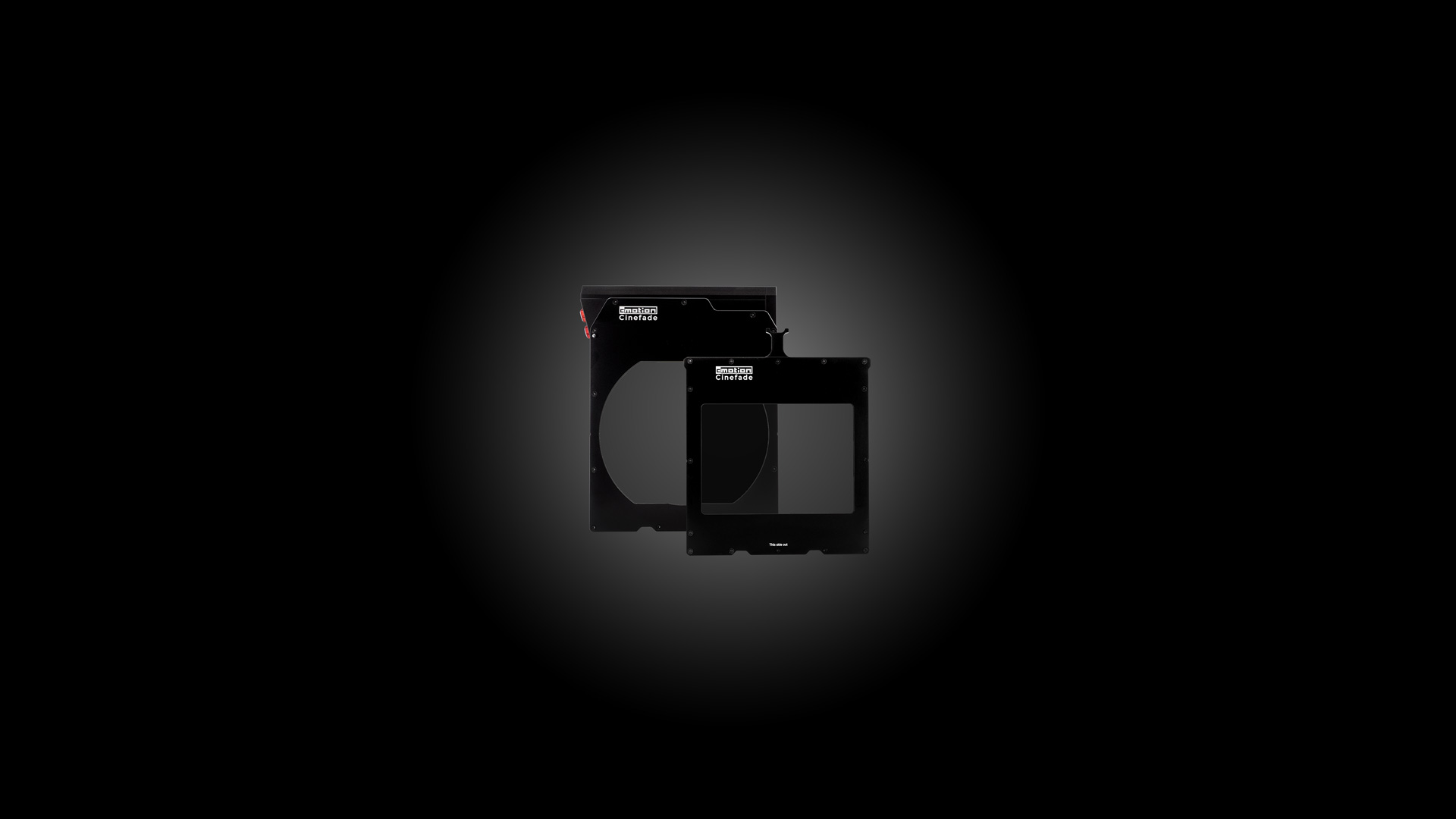
Hire Cinefade worldwide
We have systems available to hire in Europe, US and Asia and can arrange a complete Cinefade system hire anywhere in the world and also offer Cinefade Technician and Operator services. Get in touch with us to see how we can help.
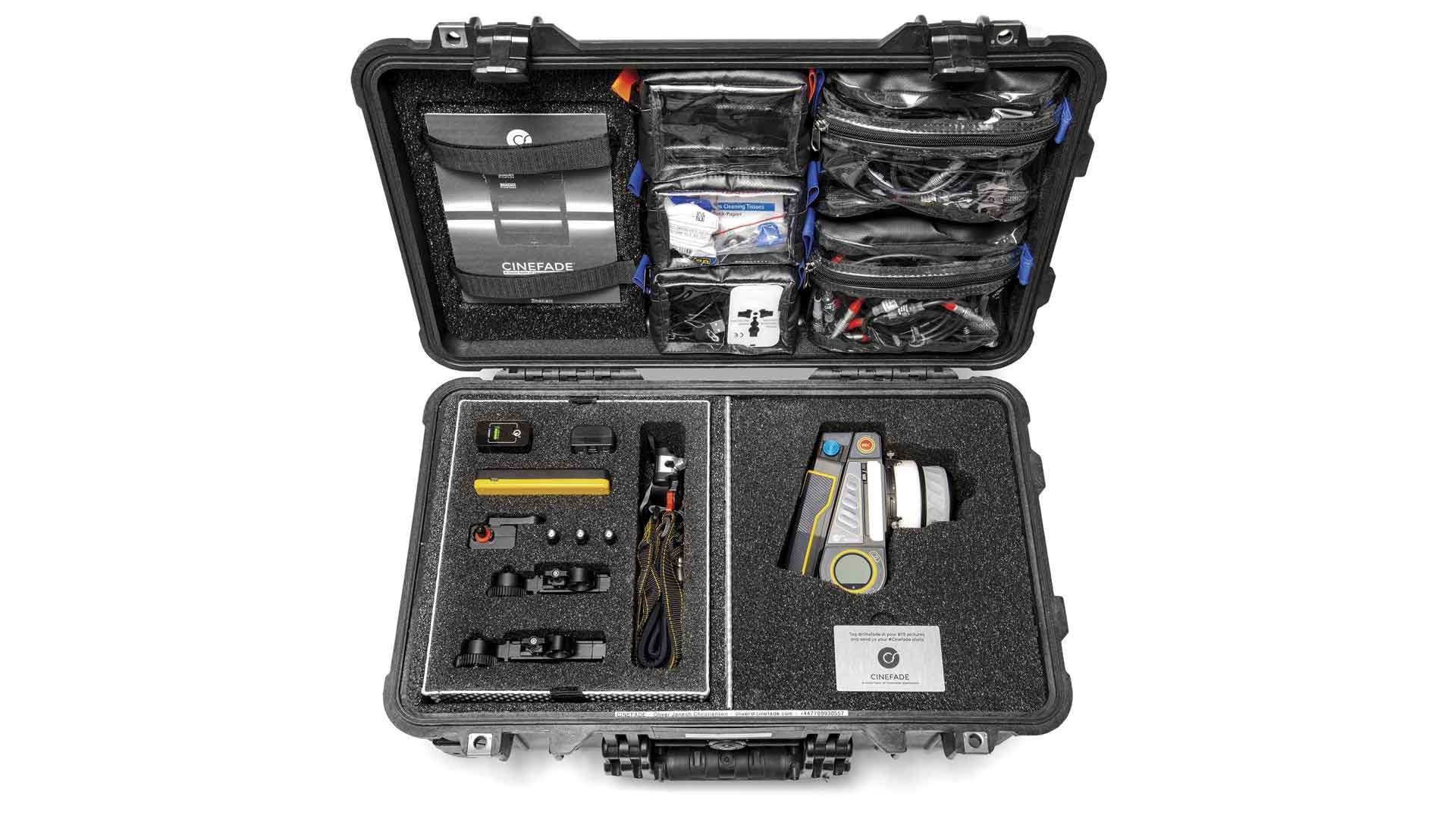
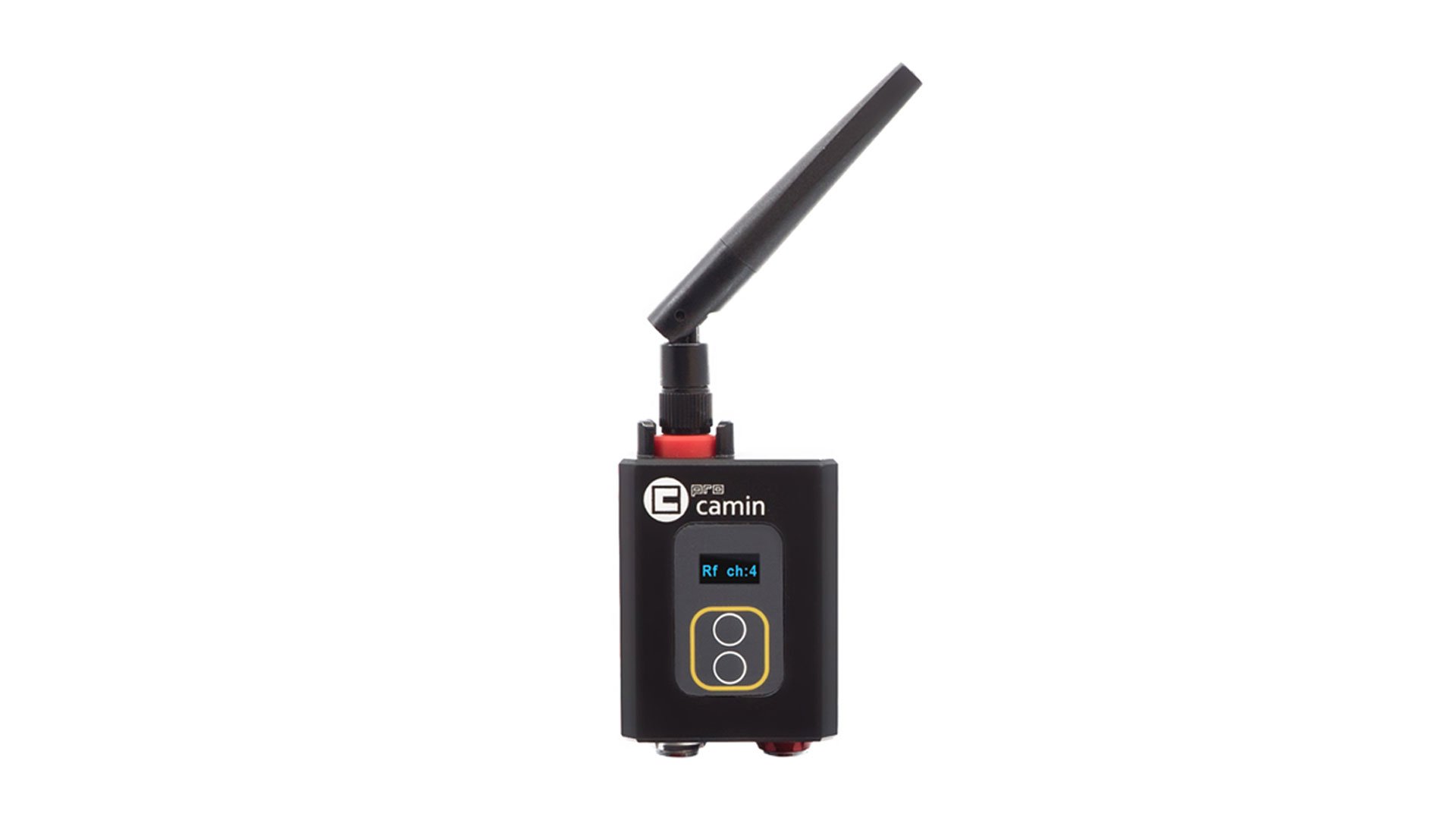
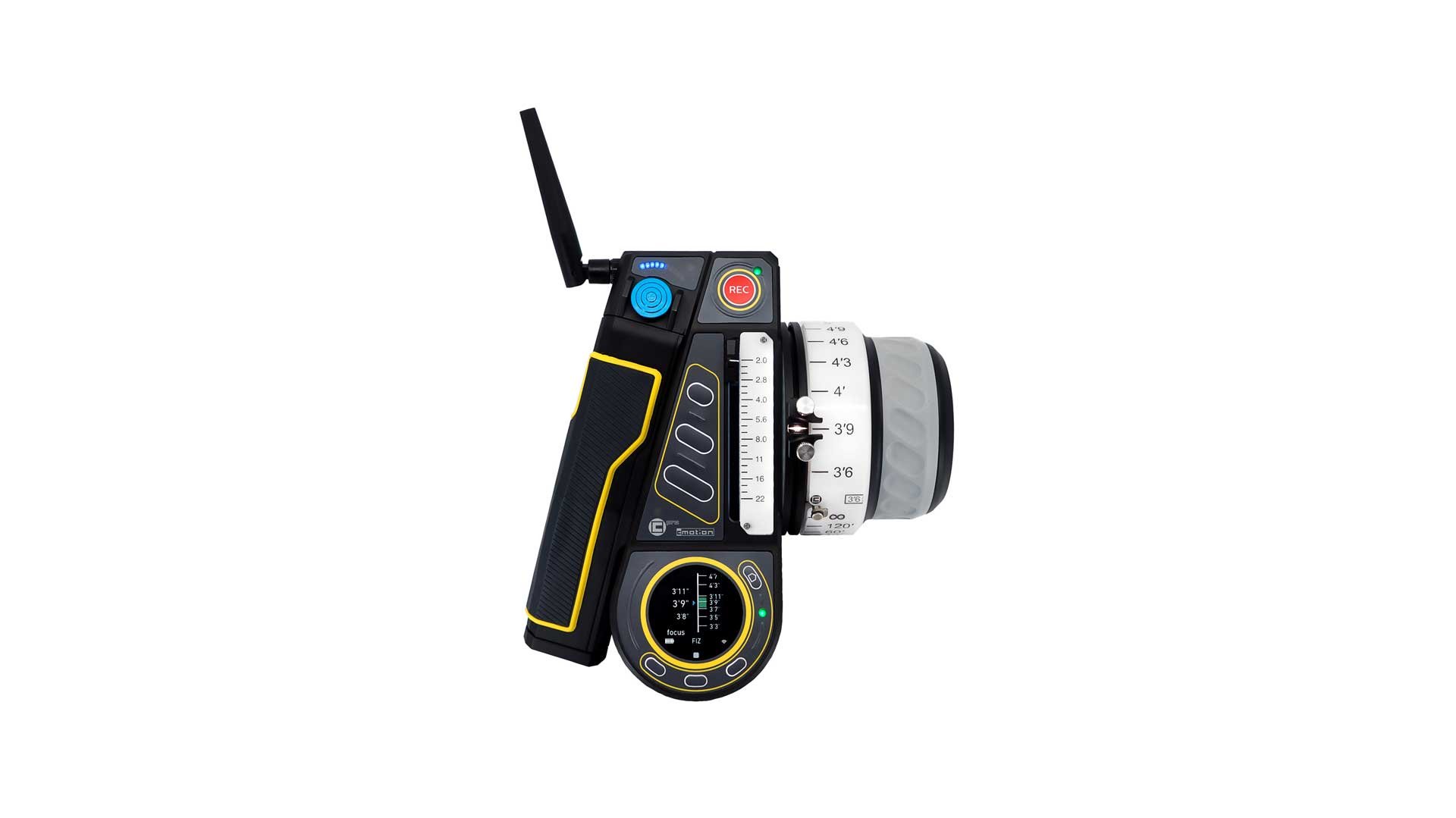
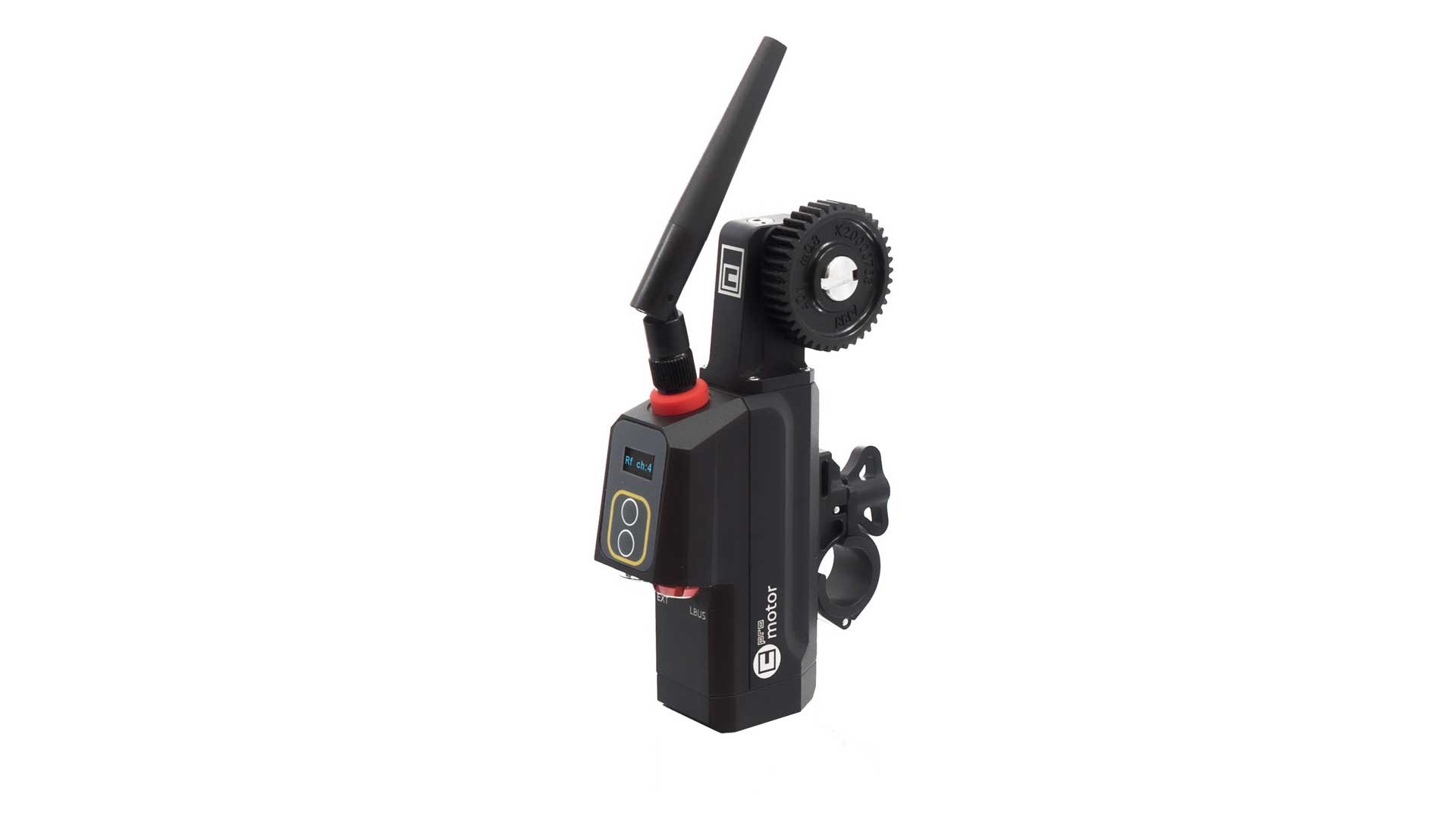
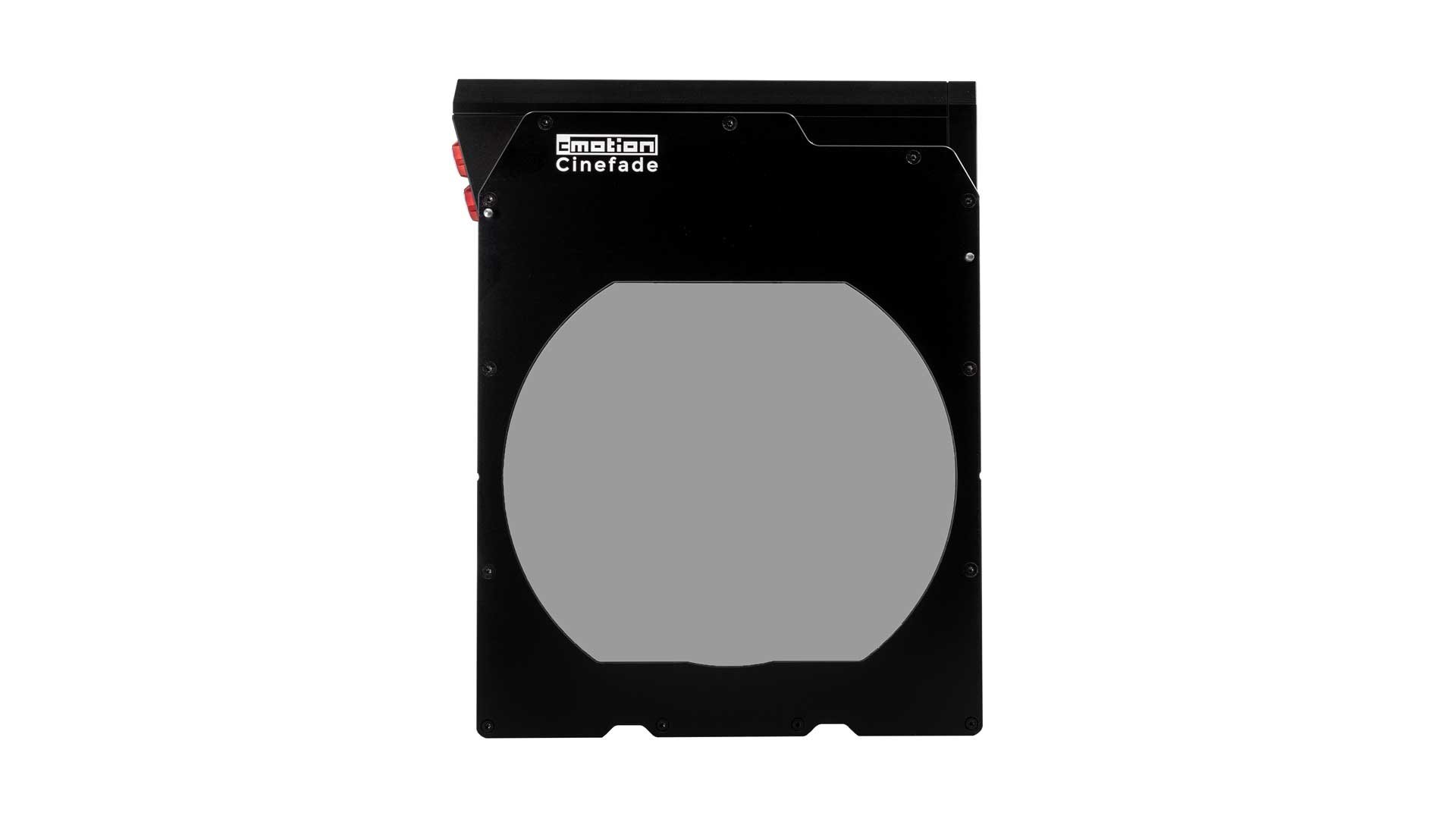
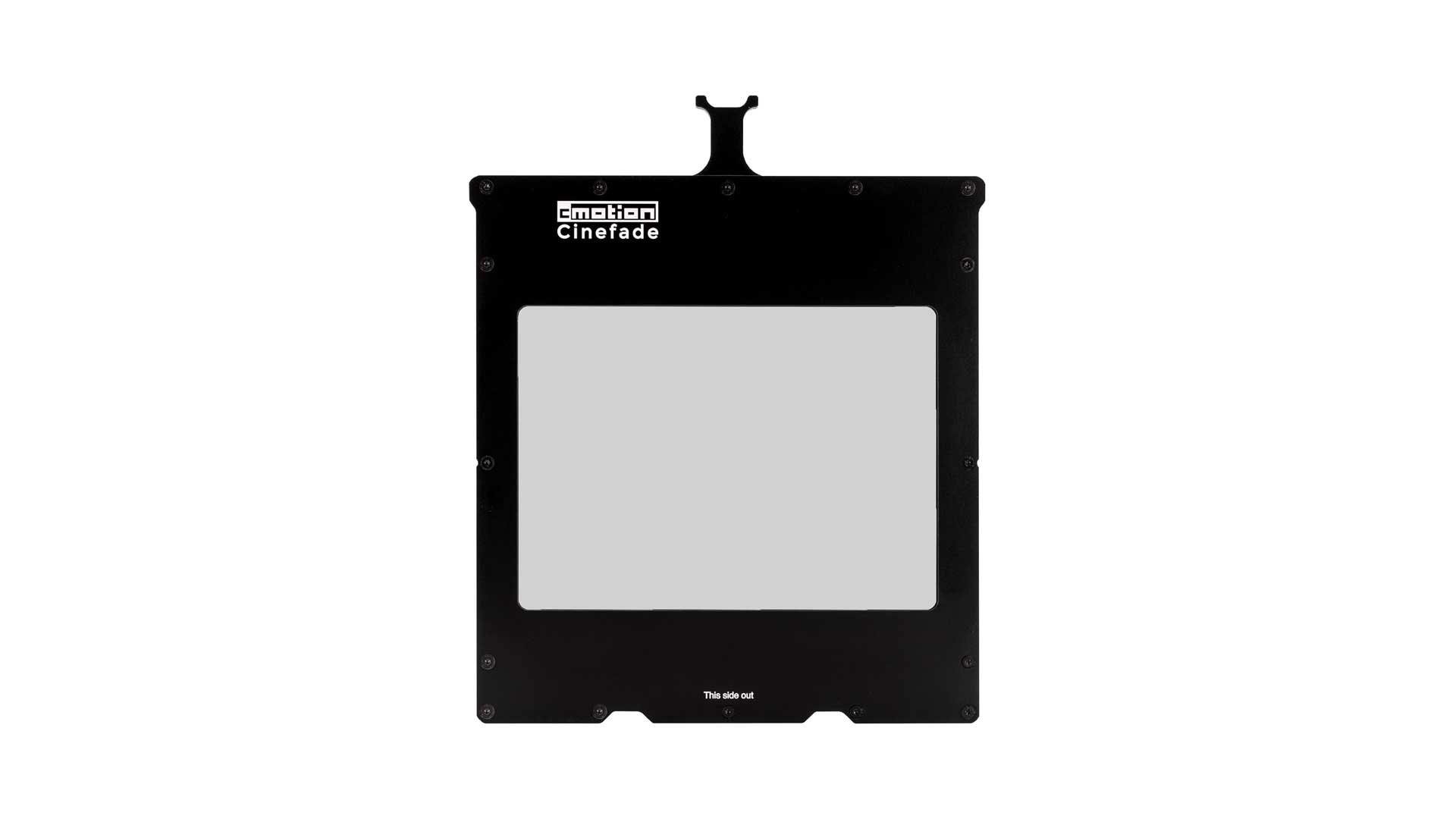
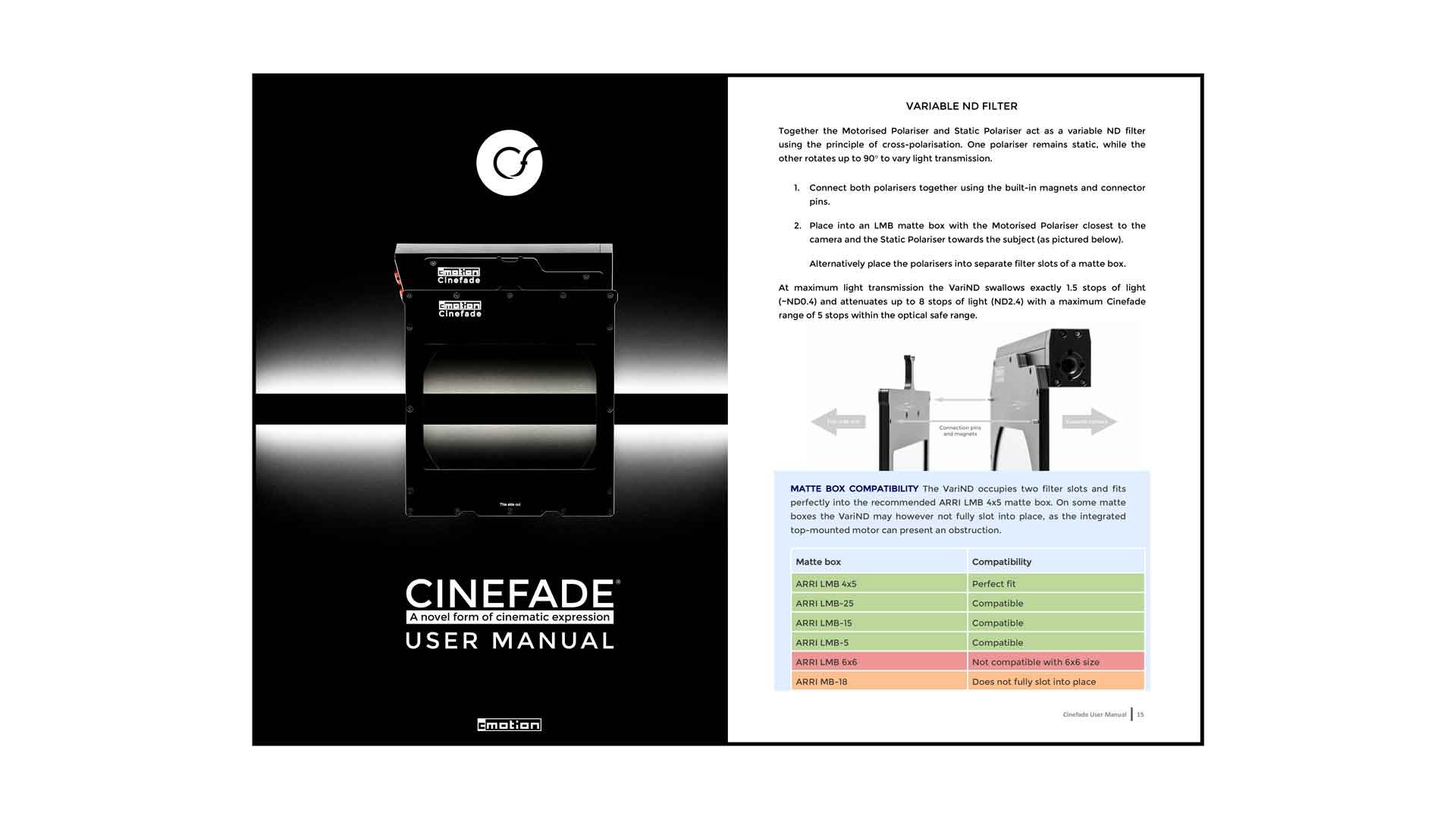
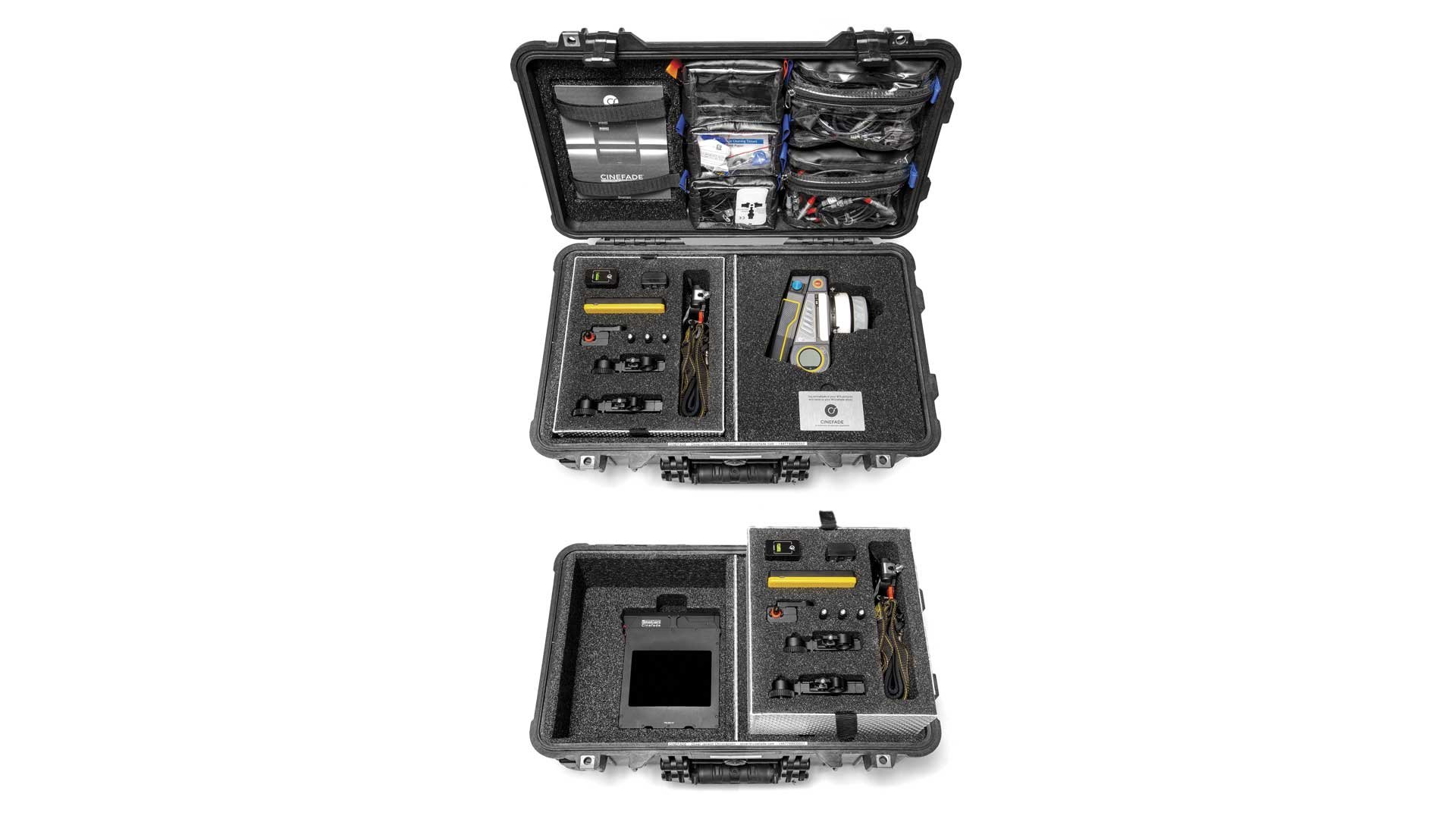
Our complete Cinefade kit includes the Cinefade VariND filters, cPro lens control system with cforce rf motor, cforce mini motor, cforce camin, cPro hand unit and all cables and accessories delivered in a carry-on sized Pelicase.
Vary depth of field in film
Cinefade is a camera accessory that allows cinematographers to gradually transition between a deep and a shallow depth of field in one shot at constant exposure to accentuate a moment of extreme drama in film or to make a client's product stand out in commercials.
Our motorised variable ND filter can also be used in VariND mode to achieve interior to exterior transition shots without ‘riding the iris’ and to control reflections on automotive shoots with the remotely controlled RotaPola.
WATCH Introduction video
The in-camera Cinefade effect is a novel storytelling tool and the gradual transition between a sharp and a blurry background is a new way of immersing the audience in your story.
“I wanted a severe depth of field shift to accentuate Liam Neeson’s experience - something to isolate him from his surrounding world. Cinefade was exactly what we were looking for.”
“I liked the idea of taking bespoke moments in ‘Mank’ and isolating characters with a variable depth of field. David [Fincher] had asked for a way to do this and it became a huge part of the film. I love the product, it’s great.”
Uncouple depth of field from exposure
Watch Oscar winning cinematographer Erik Messerschmidt ASC talk about his experiences using the Cinefade VariND
“When an airplane is coming in for a landing, you can’t say, ‘hold on, I need a second to pull a filter’, when you’re the DP. You have to just be ready. For that reason alone, the Cinefade VariND was essential to the process.”
How Cinefade works
A cmotion lens control system slaves an iris motor to our new cmotion Cinefade VariND. The in-camera effect is remotely controlled with a cmotion cPRO lens control system via the hand unit.
The iris is operated to vary depth of field.
Our variable ND filter automatically keeps exposure constant.
Watch SETUP VIDEO
Latest Cinefade updates
Variable ND filter
Our new cmotion Cinefade VariND consists of a Motorised Polariser and a Static Polariser. When inserted into a matte box together, they form a variable ND filter that works as a standalone VariND or as a remotely controlled, dynamically adjustable variable ND filter for professional filmmakers.
Go behind the scenes of ‘Devotion’
1AC Alex Scott shares his experience working with the Cinefade VariND
Watch INT to EXT shot
The Cinefade VariND can be remotely controlled and enables cinematographers to maintain a constant exposure and T-stop in changing light conditions, for example during an indoor-to-outdoor Steadicam transition shot.
Motorised RotaPola
The cmotion Cinefade VariND consists of a Motorised Polariser and a Static Polariser. Insert the Motorised Polariser into a matte box by itself and use it as a remotely controllable rotating polariser that requires minimal mounting and allows for maximum control with or without a cPRO lens control system.
Aerial filming
The Cinefade RotaPola is mounted in the matte box to control reflections and bring down the exposure of the sky on a sunny day. Remotely controlled with the cPro hand unit it gives filmmakers the flexibility to change polarisation effects during flight from the cabin.
Watch a BTS video of the Cinefade RotaPola on a Flight Head and helicopter mount below
“It was the easiest and probably the only way to use a RotaPola in this situation.”
Automotive filmmaking
Automotive productions often use a crane, Russian Arm, TechnoDolly or car rig to stabilise and move the camera, making the camera and its accessories inaccessible to the crew. Wireless control is therefore essential and the Cinefade Motorised Polariser enables filmmakers to remotely control a polariser via the cmotion cPro lens control system.
“I used the Cinefade RotaPola to make reflections less disturbing - not to let them draw attention and to keep the car looking its best. For example, when going from the windshield over to the side of the car, I would set two positions and operate the RotaPola to match the movement.”
Applications
The cmotion Cinefade VariND can be used with or without a cmotion lens control system combining five useful applications in one solution.
Variable depth of field effect
The Motorised Polariser together with the Static Polariser form a variable ND filter that is slaved to an iris motor and controlled remotely with the cmotion cPRO LCS, allowing cinematographers to vary depth of field in film.
Remote Variable ND
The Motorised Polariser together with the Static Polariser form a variable ND filter that can be remotely controlled with the cmotion cPRO LCS, allowing filmmakers to control the density of the light filter whenever the camera is inaccessible, for example enabling INT to EXT Steadicam shots without riding the iris (find out more).
Standalone Variable ND
The Motorised Polariser together with the Static Polariser form a variable ND filter that can be directly adjusted via two buttons on the motor block, without the need for a LCS, saving the AC time when adjusting ND values (find out more).
Remote Polariser
The Motorised Polariser can be remotely adjusted with a cmotion cPRO lens control system to control polarisation effects like reflections and blue skies and animate them over time (find out more).
Standalone Polariser
The Motorised Polariser can also be adjusted directly via two buttons on the motor block, without the need for a lens control system, enabling precise and repeatable adjustments of the polariser.
Hire and buy Cinefade
A complete system is available to hire worldwide directly through us and our rental partners. The Cinefade VariND is also now shipping to customers. Get in touch to use the system in your production or be amongst the first to own your own novel Cinefade system.

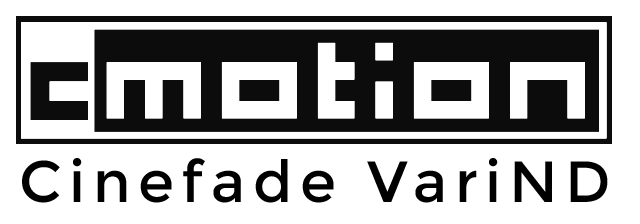
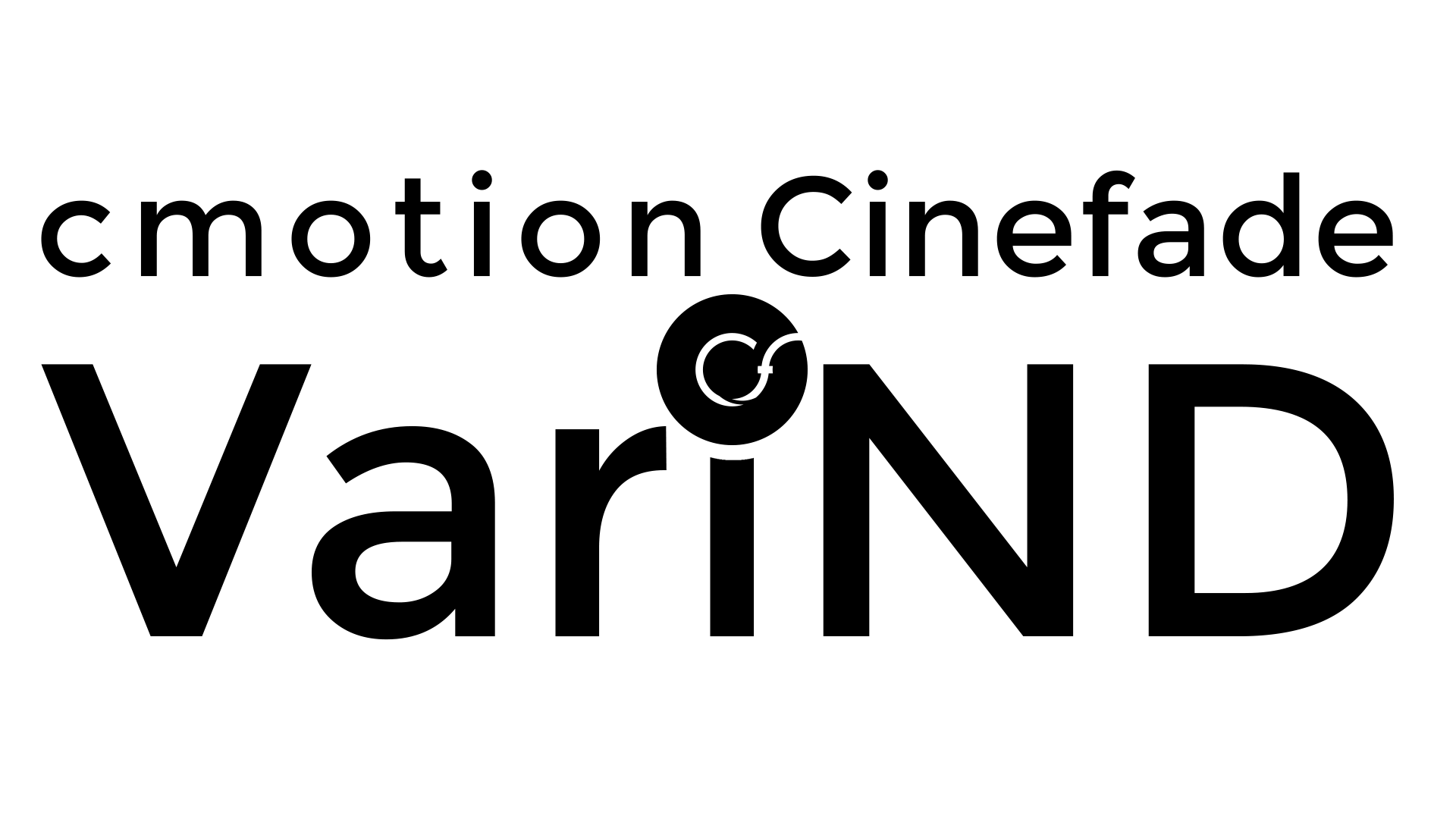
















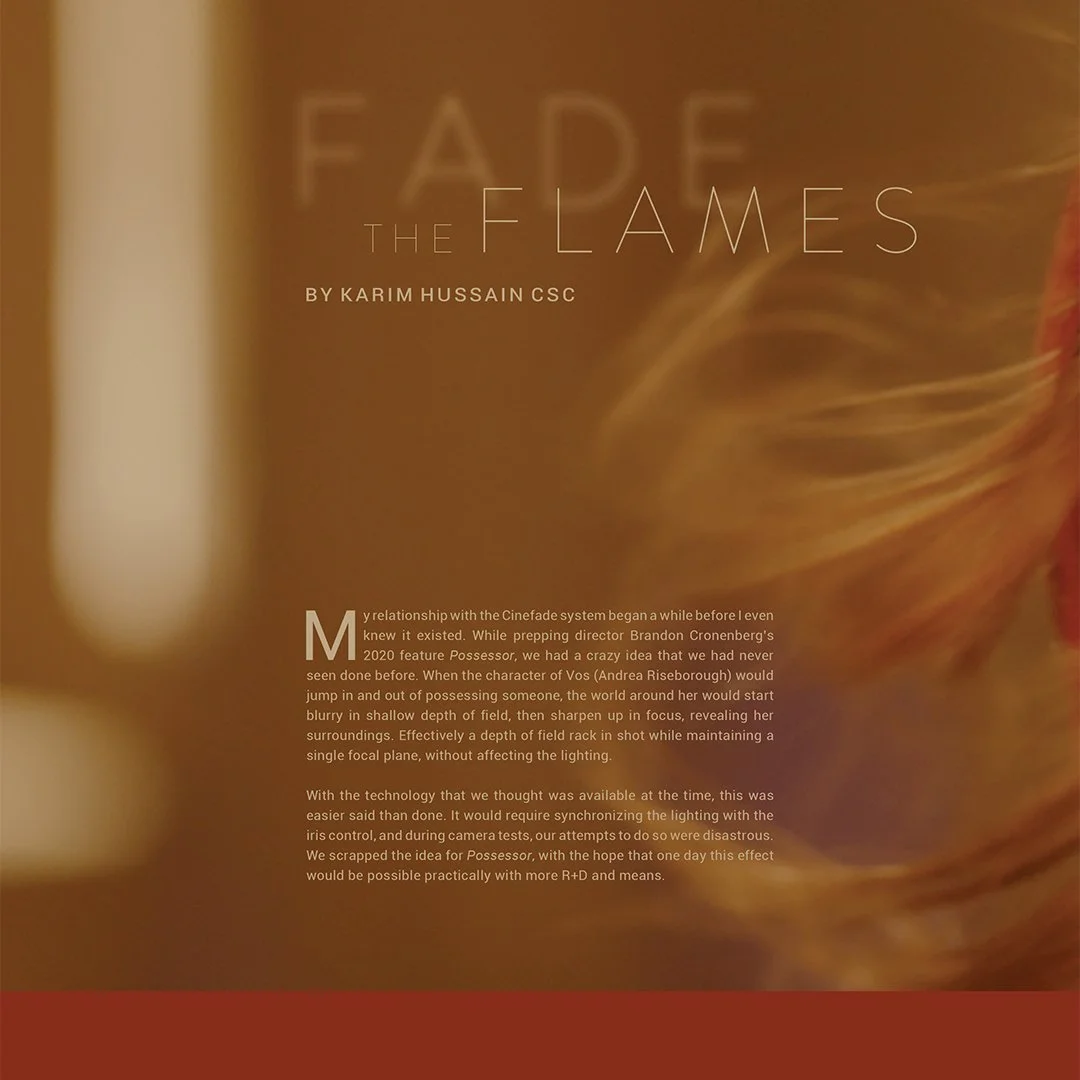
























When I heard about the Cinefade, I said, "Oh my god, this is a tool that I can actually control exposure with while keeping the iris position where I want it for storytelling purposes", which in my opinion, is really what it's for. The iris position has an enormous effect on how you tell the story because it controls depth of field. I was really excited to use the tool for that reason.